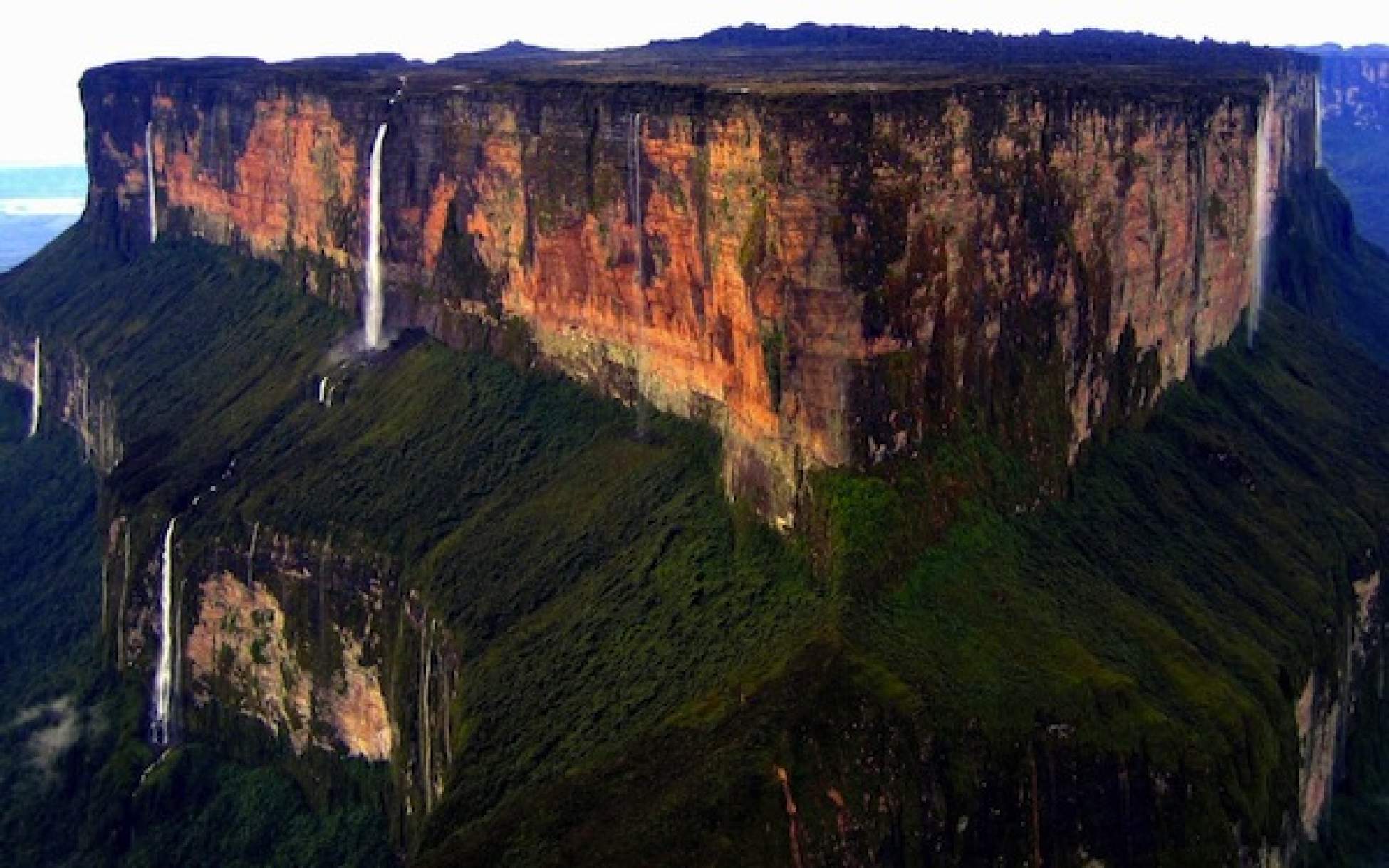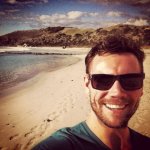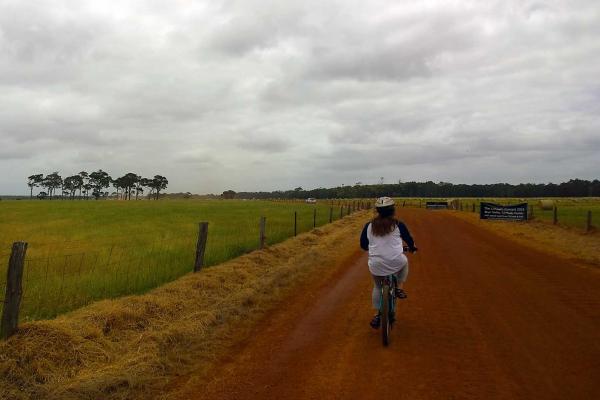One of the first things anyone does when they start thinking about travelling is creating a sort of itinerary or route in their head. “This is where I want to go, what I want to see, places I would like to experience and how long I can go for.” Time and distance usually comes down to personal budget and promises of some engagement, creating a deadline or final destination.
Recently, I have been privileged to have the opportunity of embarking on a 10,000km (give or take a couple) trip. It has covered five countries, pristine uninterrupted ecosystems, a unique and often overlooked corner of our world, and a ton of different peoples each with their own dialects, customs and heritage. It has been an incredible journey thus far and I am continually reminded how important the initial stages are of planning such an epic journey. So I guess what I want to share with you guys is how I went about it. How does one prepare for a trip of 10,000km?
Dream.
Have the ultimate tour that you have always wanted to do in your head, even if it is seemingly impossible, make it possible. A dream becomes a goal as soon as you tell someone about it or write it down materializing the idea.
Look at a map.
Get a good map or an Internet map and piece out the route, piece by piece. How far are the distances you’re looking to cover? Do you know if it is even possible to get from point A to point B via public transport? Will you need to provide your own transport? Is hitchhiking an option? The questions go on and on as I’m sure you know, but the point is a map gives you perspective and allows your brain to create a picture of the intended journey formulating an overview and laying the first layer of understanding towards the undertaking of this kick ass adventure.
Plan Highlights.
It is good to have at least a rough idea of the highlights you are looking to see. No matter how many people travel to say they travel for the experience alone, they are still visiting some of the gems of the location (even if they are super touristy; cough, Machu Picchu, cough). These are things like the great Pyramids, Angkor Wat, Mt. Fugi, Iguazu Falls, Lake Louise, The Coliseum, The Vatican, and less internationally renowned but still local highlights with things such as that little bakery that has the best croissants in Bordeaux.
It is really good to list out the highlights of your trip and get a good idea of how far apart they are and how much time each one deserves. This will start to give you an outline of long you can stay in each location. It is also a good idea to try and limit the highlights to a manageable number. For example, I have six highlights for my current trip.
Plan a Voluntourism Project.
This idea deserves a separate blog post all on its own, hence the “travel with purpose” tagline and belief that I share with Verge and its readers. When embarking on a big trip it is always a great idea to think about trying to fit in some volunteering work. This is becoming increasingly popular in backpacking circles and is becoming relatively easier to organize on your own.
The best place to start researching is obviously the Internet. Based on your individual interests and where you would like to volunteer, I would Google animal wildlife refuges, community medical clinics, local schools and local development programs. Once you find a lead on the net, contact the project and ask them if they accept volunteers and what you could offer in return for the experience. You may be surprised how accommodating this request can be. Have fun!
Build a Budget.
This kinda sucks but it is incredibly important. You must have an idea of your expenses and how much you can spend while on the road. I like to work mine out to a daily amount no matter the country nor currency, then see how it goes when I’m on the road.
If I am spending more than my daily accounted amount, then I have a serious problem and need to change my travel habits, i.e. probably drinking too much. If I am spending less than my daily (which is usually the case) then I know I am freeing up money for things I want to do and places I want to experience, these are always often extra activities that I didn’t budget into my daily like skydiving, rafting, scuba diving, renting bikes or cars, etc. It is also really good to spend less than your daily budgeted amount because it frees up money to cover the unforeseen charges (bribes, park fees and towels, and whatever else is not covered by what it seemingly should be). Budgeting is key, it sucks, but it is key. Trust.
Book the Flight.
From here it’s go time. One of the best parts of planning a 10,000km trip is booking that flight and materializing the dream. Bam! From this point until departure, it’s on. I would suggest getting insurance in the case of something happening outside of your control and of course travel insurance is absolutely necessary, but man, booking that flight feels good and it is normally the first real introduction to the reality of the trip begging to take place.
Go.
The date has come, you have said goodbye to your friends, you have your map, possibly a guide book, a good idea of where you want to go, and for how long with how much cash. Maybe you have a local phrase book, maybe you’ve made plans to meet up with friends, whatever, you’re ready and the time has come. Getting on the plane and going.
There are probably a ton of other things that you can think of, and things I have forgotten, and things that change over time or change per person. All really depends on you and your style of travel or undertaking of a new adventure. The basics are there and everything outlined above assisted me in preparing for my most recent 10,000km journey (which I am still undertaking). One of my favourites parts of travel is the planning stage. Maybe I should design trips for a living—it wouldn’t be a bad gig, eh? Safe travels and enjoy your trip!!





